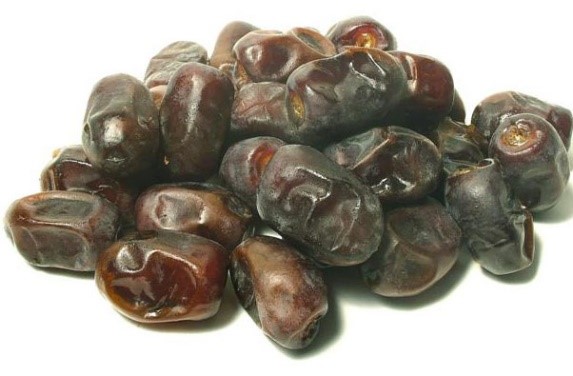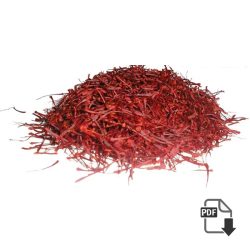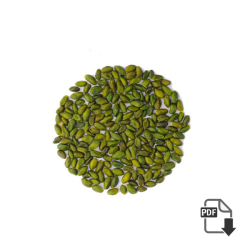Understanding Its Shelf Life and Storage
Sumac is a popular spice known for its tangy flavor and vibrant red color, often used in Middle Eastern cuisine. As with any spice, you may wonder, “Does sumac expire?” Understanding the shelf life of sumac and how to store it properly can help you make the most of this flavorful ingredient while ensuring safety and quality.
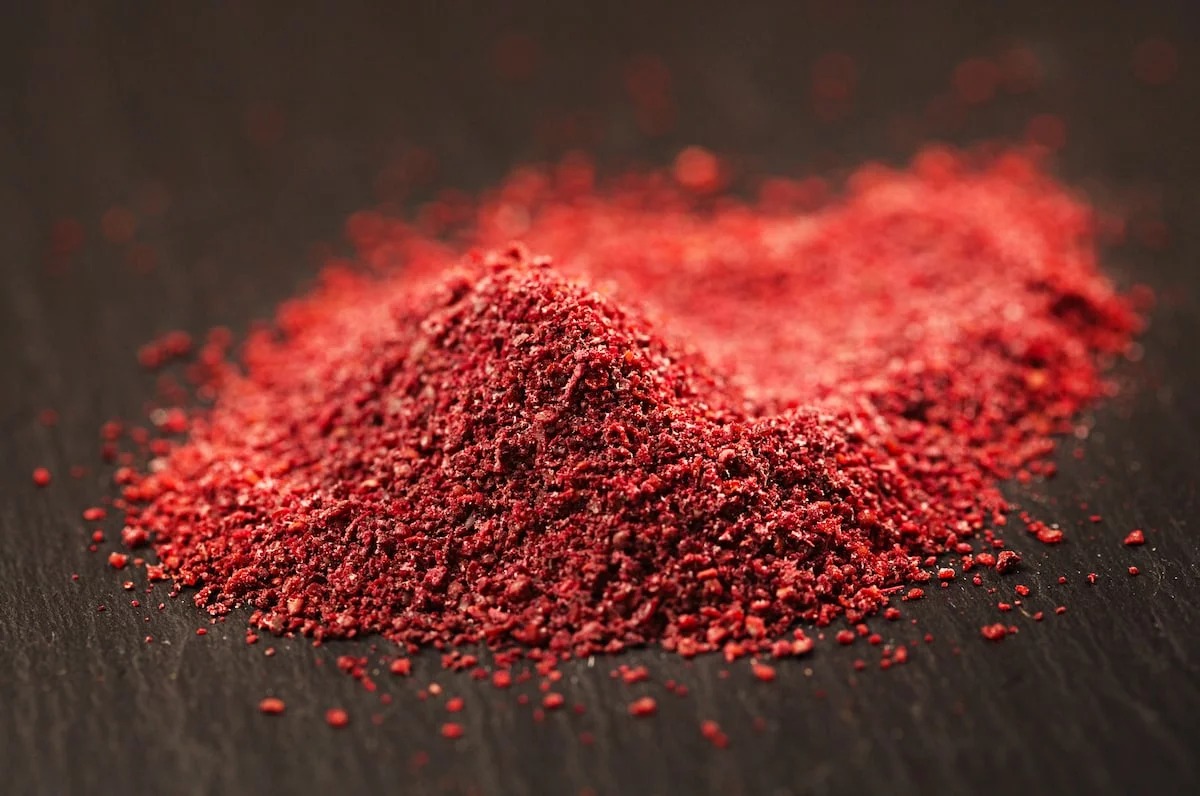
What Is Sumac and Its Culinary Uses?
Sumac is derived from the dried and ground berries of the sumac plant, primarily found in Mediterranean regions. This spice adds a unique tartness to dishes, making it a favorite for seasoning meats, salads, and rice. It’s commonly used in dishes like fattoush salad and za’atar spice blend.
In addition to its culinary appeal, sumac is rich in antioxidants and has been used traditionally for its potential health benefits. However, to enjoy these benefits fully, it’s essential to know whether sumac can go bad.
How Long Does Sumac Last?
When stored correctly, sumac has a long shelf life. Typically, ground sumac can last for 3 to 4 years when kept in a cool, dry place away from direct sunlight. Whole sumac berries may last even longer—up to 5 years or more—due to their lower surface area, which reduces exposure to air and moisture.
Despite its longevity, the quality and flavor of sumac may diminish over time. While it may not spoil in the traditional sense, it can lose potency, leading to less vibrant flavors in your dishes.
Signs That Sumac Has Expired
While sumac may not spoil quickly, it’s essential to recognize signs of degradation. Here are some indicators that your sumac may no longer be good:
- Faded Color: Fresh sumac has a deep red hue. If the color appears dull or brownish, it may be time to replace it.
- Off Odor: Smell your sumac. If it lacks the characteristic tangy aroma or has developed a musty smell, it’s best to discard it.
- Loss of Flavor: Taste a small amount. If it lacks the tartness or depth of flavor you expect, it may have lost its potency.
How to Store Sumac Properly
To extend the shelf life of your sumac, proper storage is crucial. Here are some tips for maintaining its freshness:
- Keep it in an Airtight Container: Store sumac in a sealed glass or plastic container to prevent moisture and air exposure.
- Store in a Cool, Dark Place: A pantry or cupboard away from heat sources and light is ideal.
- Avoid Refrigeration: While refrigeration might seem like a good idea, it can introduce moisture, leading to clumping and spoilage.
other products
-
Whole dried apricot Special wholesale price + analysis + sale offer
This variety is very sweet with an orange color. Sulfur is added to whole dried apricots in order to maintain the natural color, prevent bug infestation, and increase preservation.
-
Dried lime Powder
Dried Lime: Producer area: Fars, Hormozgan How to store: Fresh dried lime is in mustard color and sour taste. Dried lime in big size and darker color is the one with high quality. It can be stored in dry place…
-
Dried Prune
Since time immemorial, dried plume has been reputed for its anti-conception properties. However its benefits have gone beyond this. Wishing to lose some weight, we highly recommend you to put dried plume to your diet, either in your food or…
-
Sargol Saffron | most economical saffron for import
Sargol Saffron | most economical saffron for import : sargol saffron consists only of Dark Red Stigma (thread) Tips. So. in other words all the white and orange parts are removed. This saffron is the second most expensive type of…

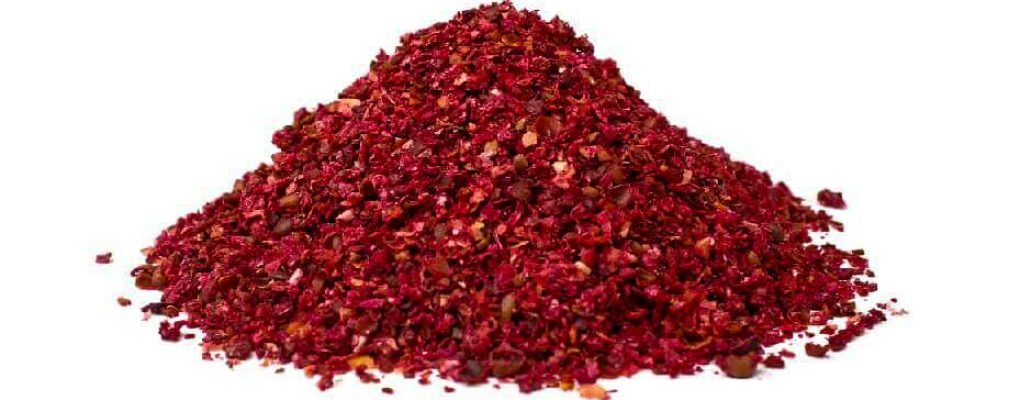



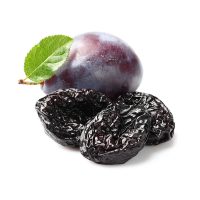
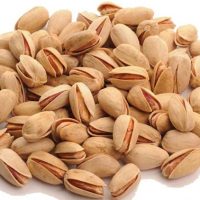
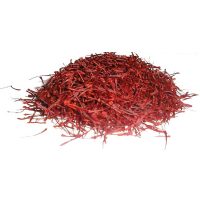

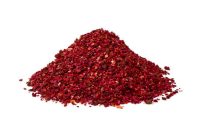
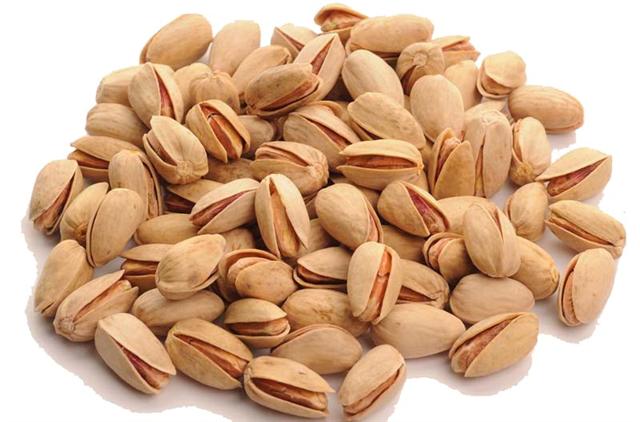
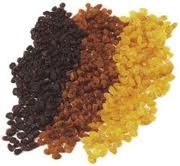 3 kind raisin
3 kind raisin 